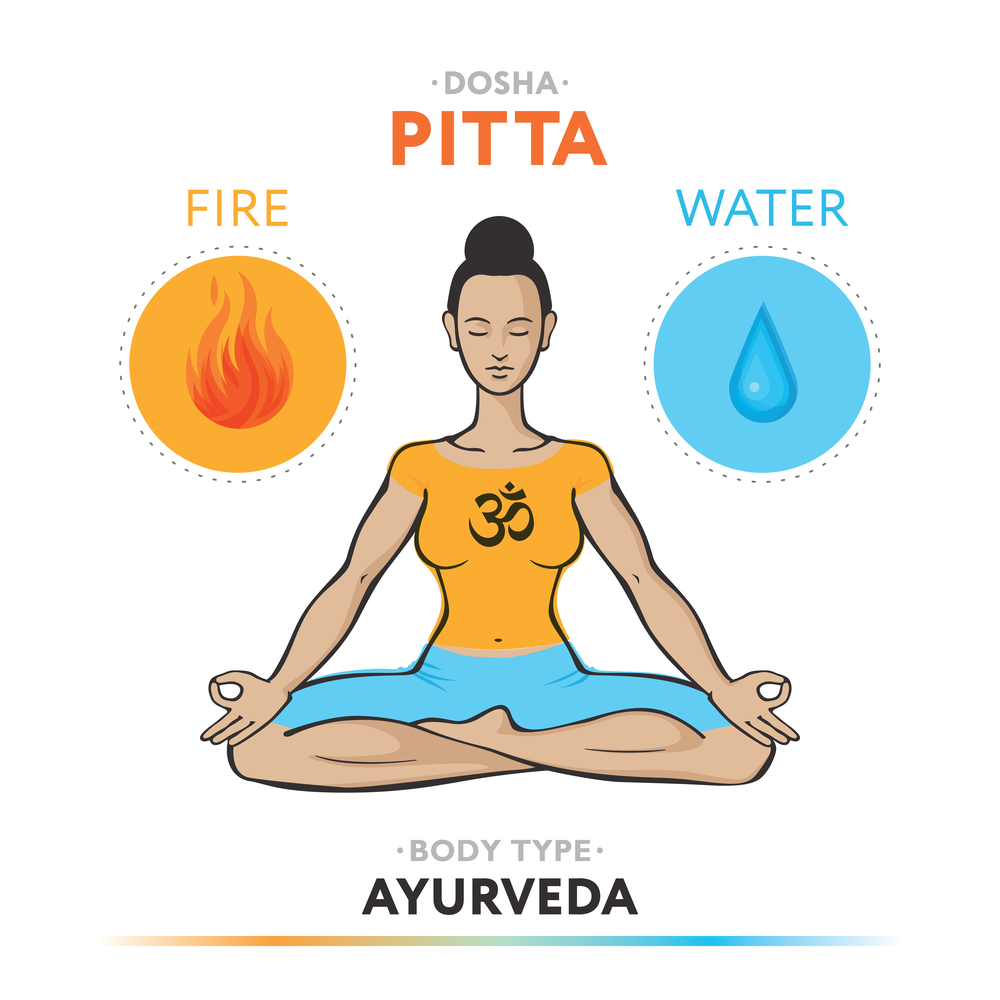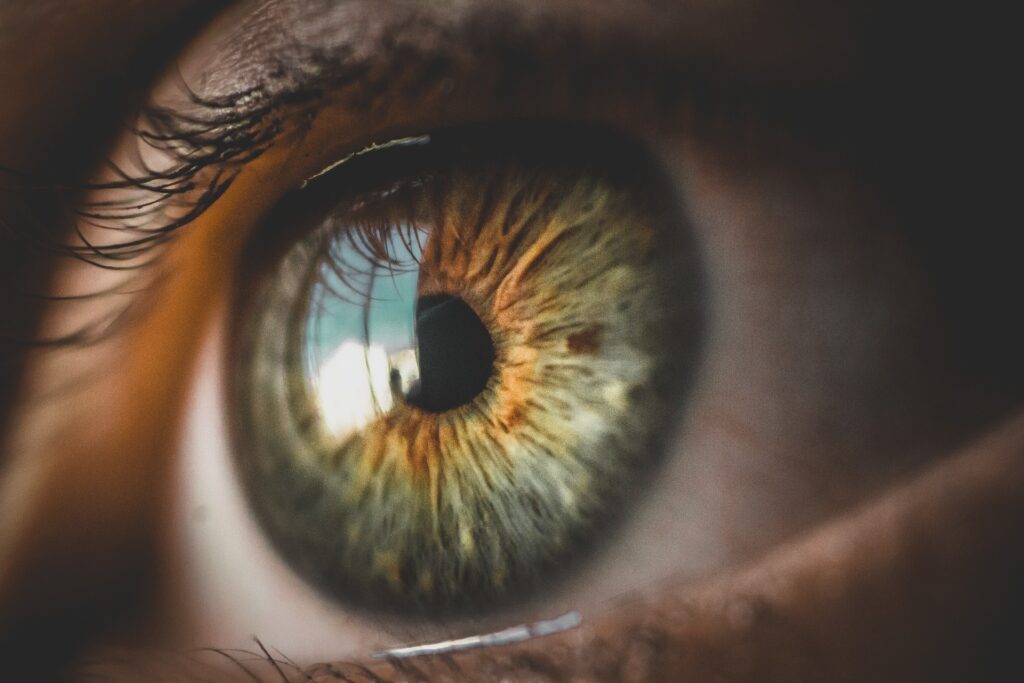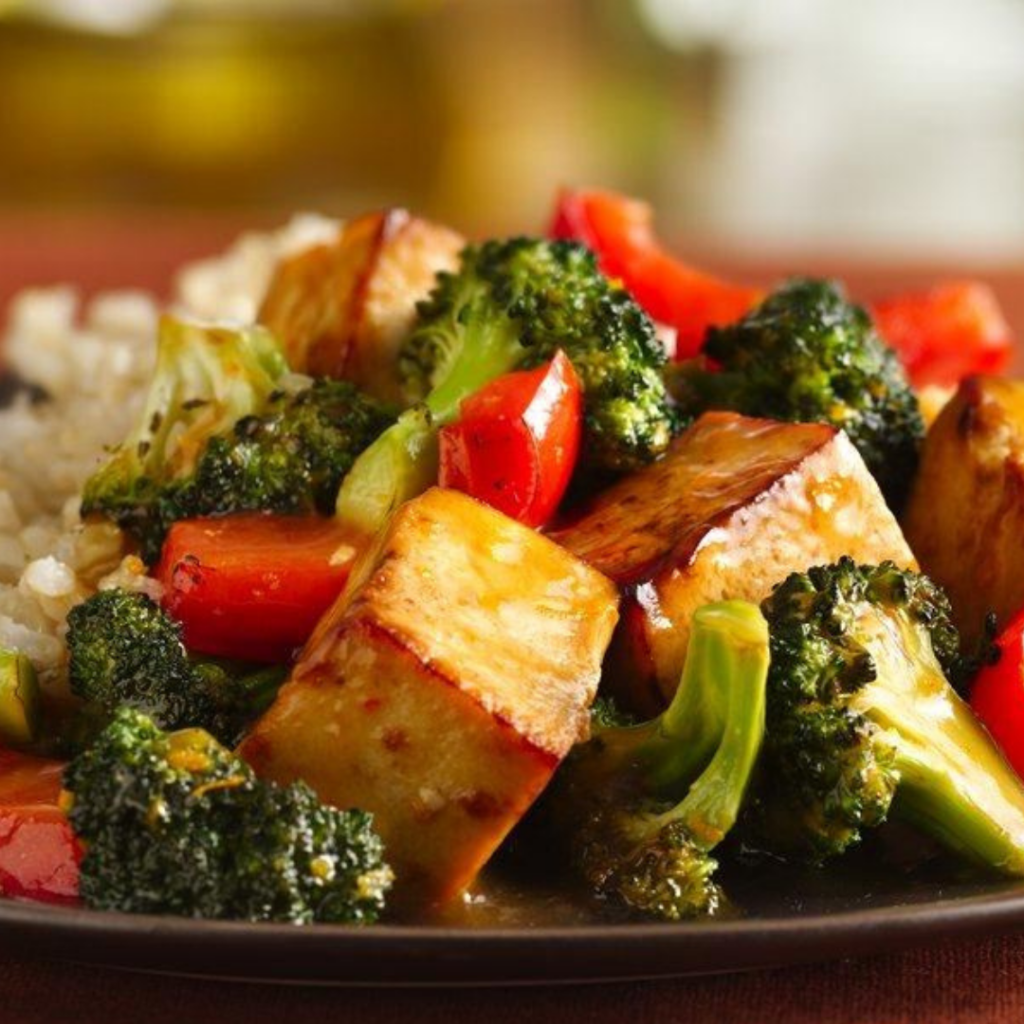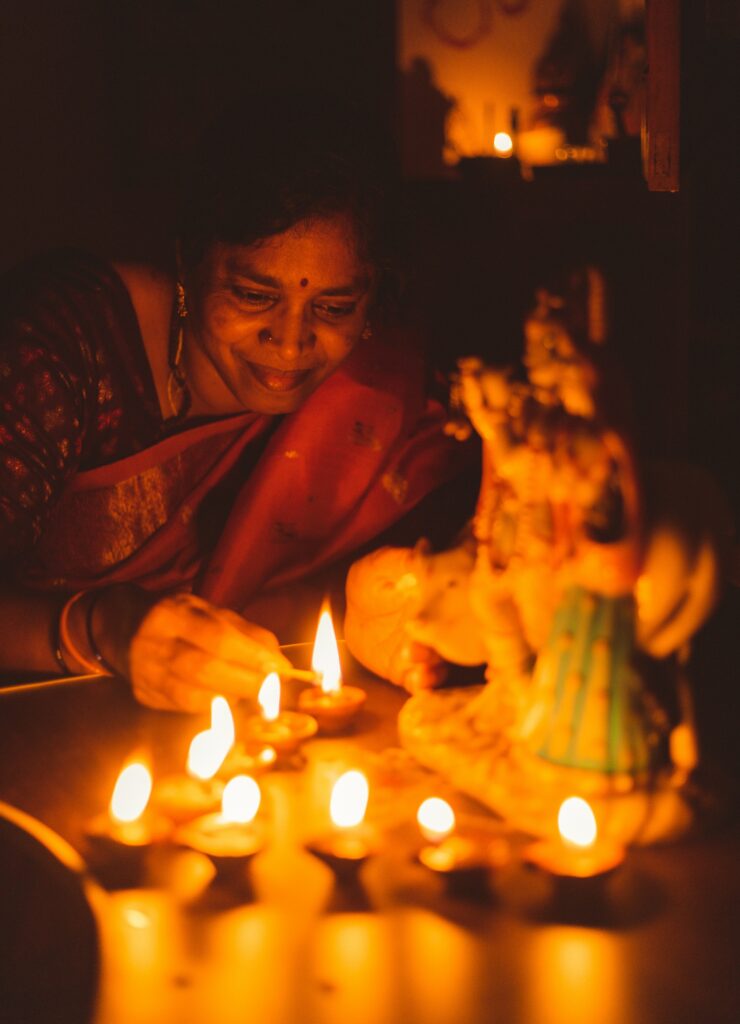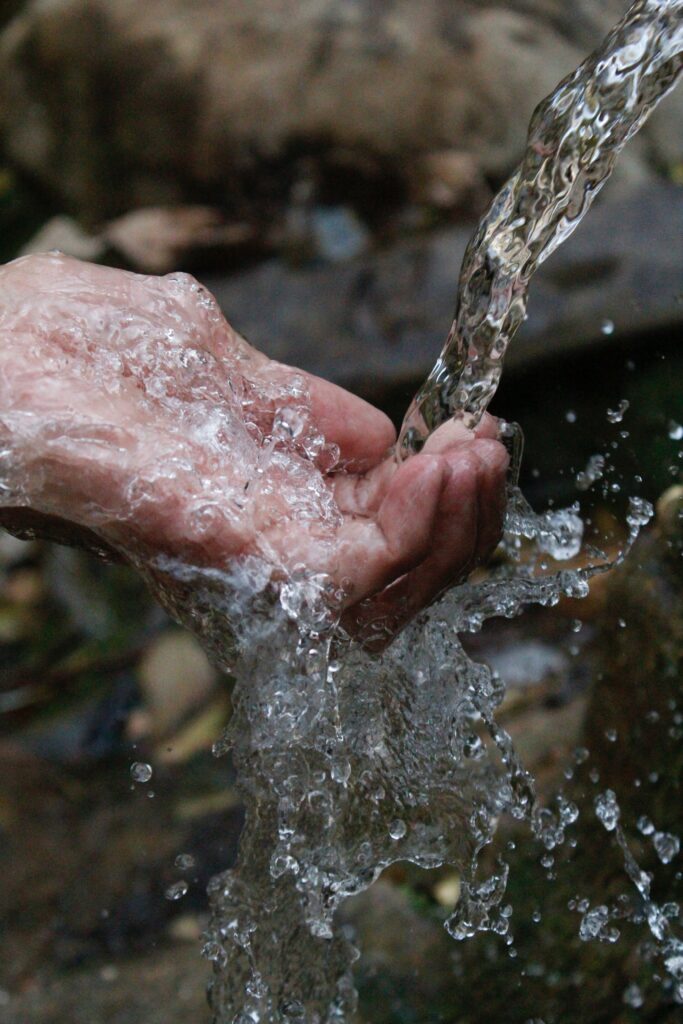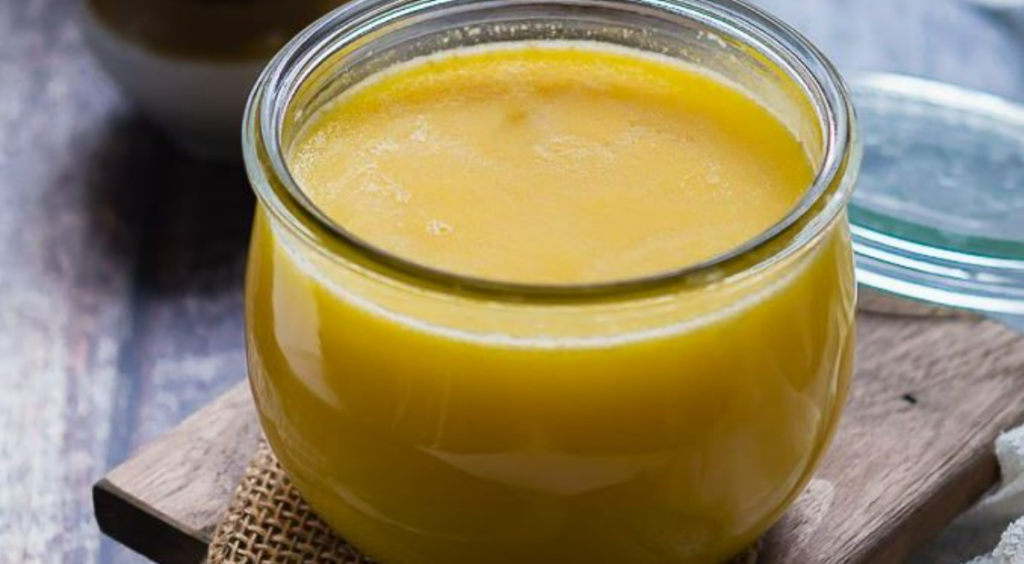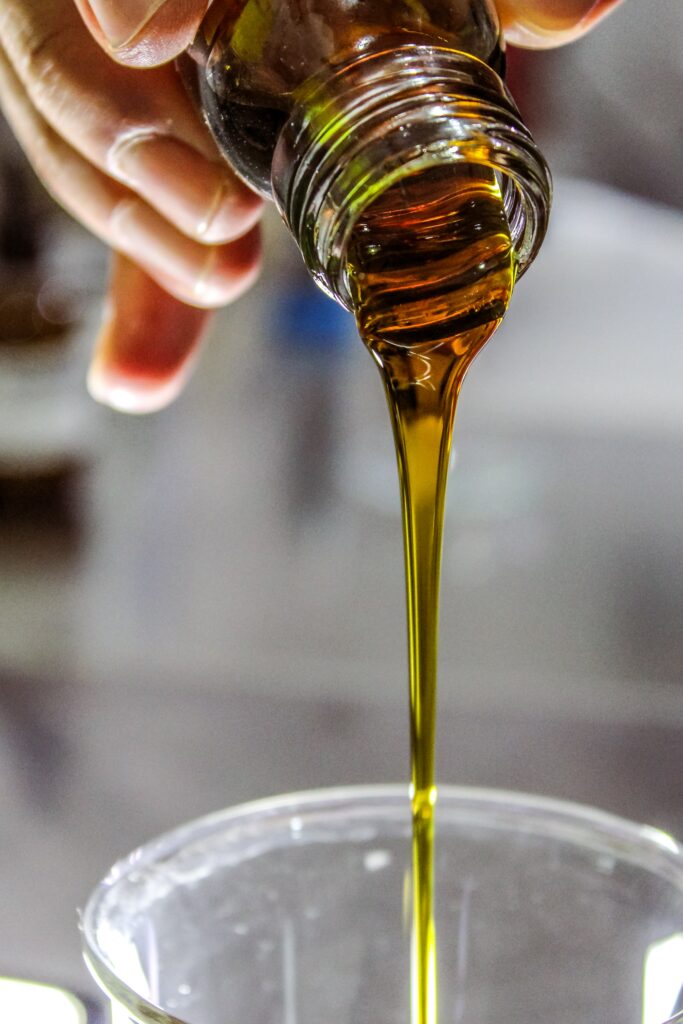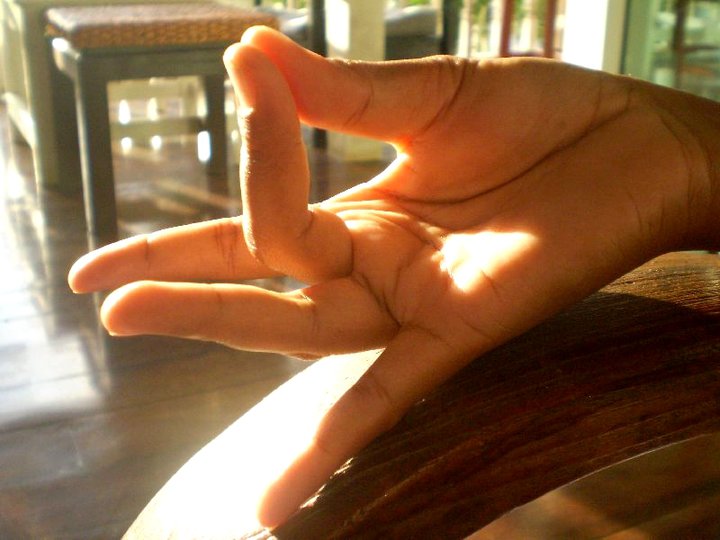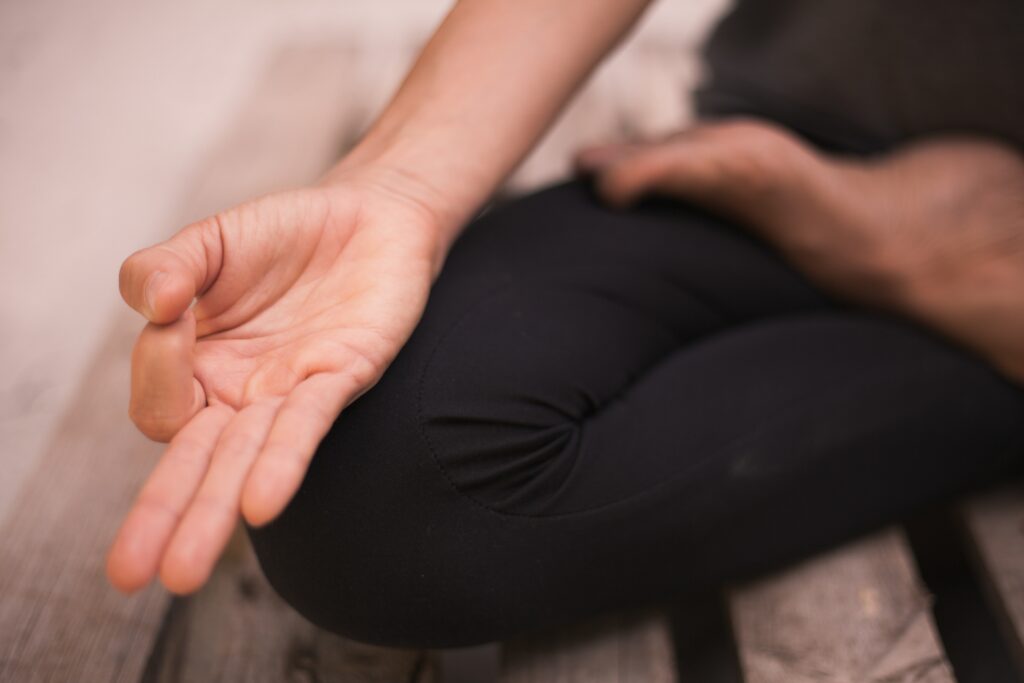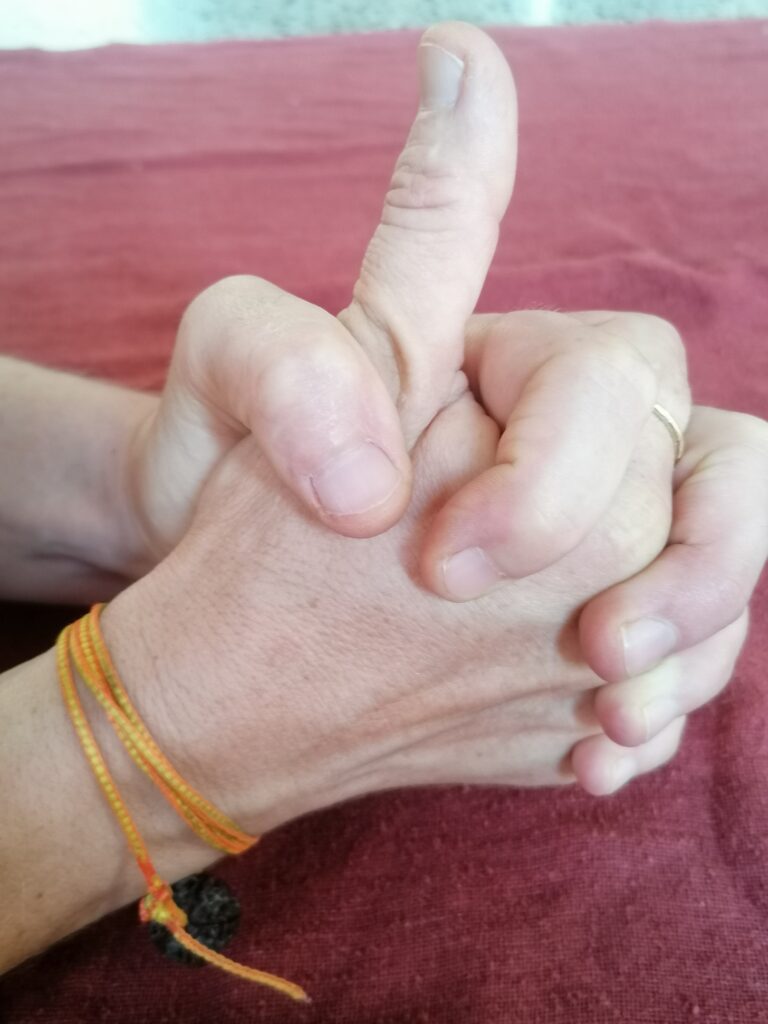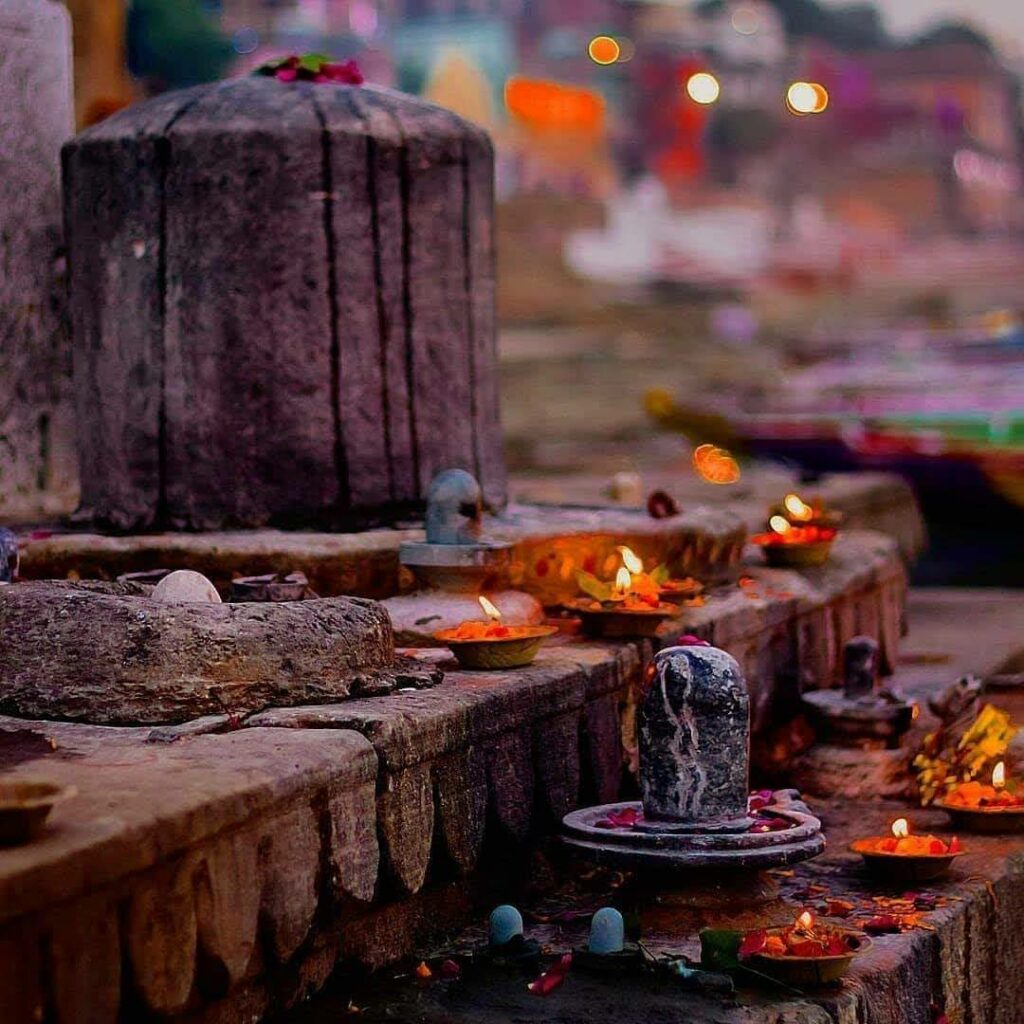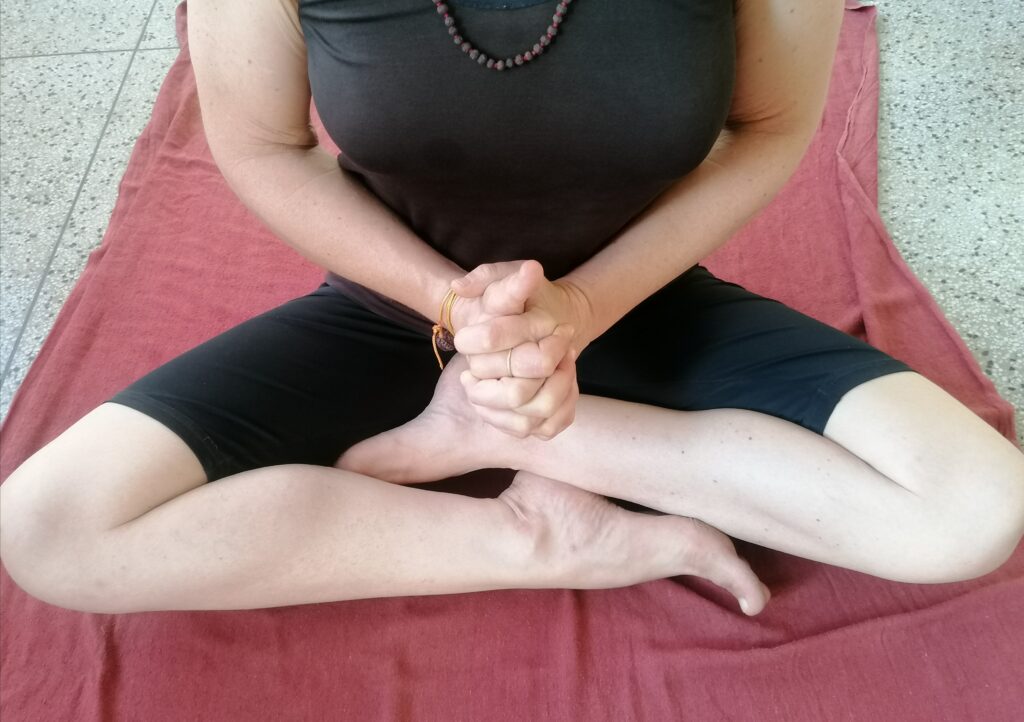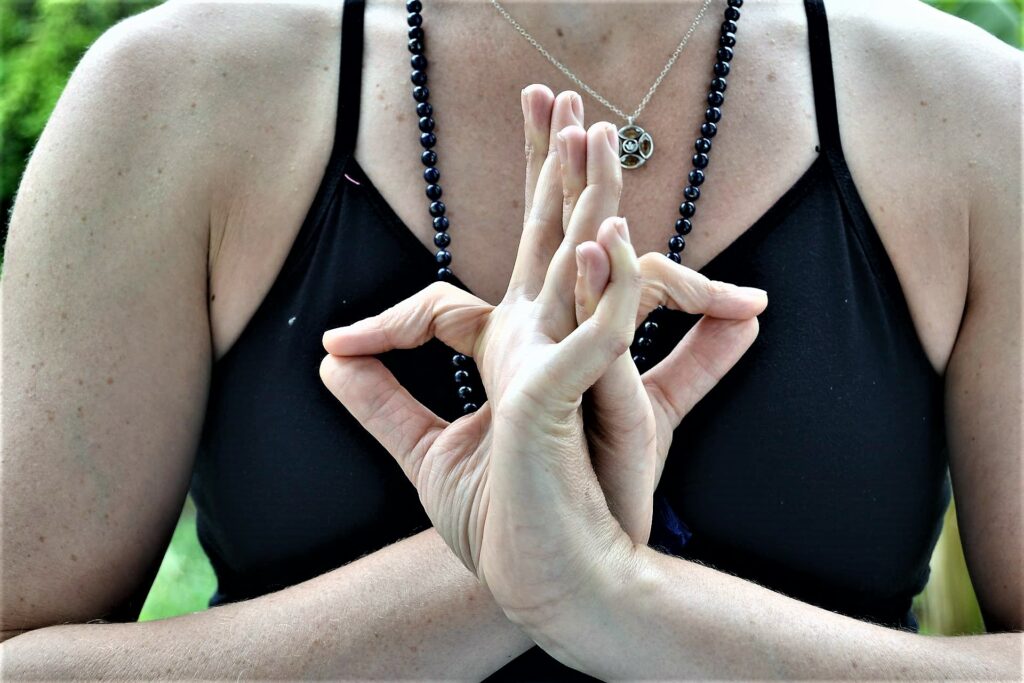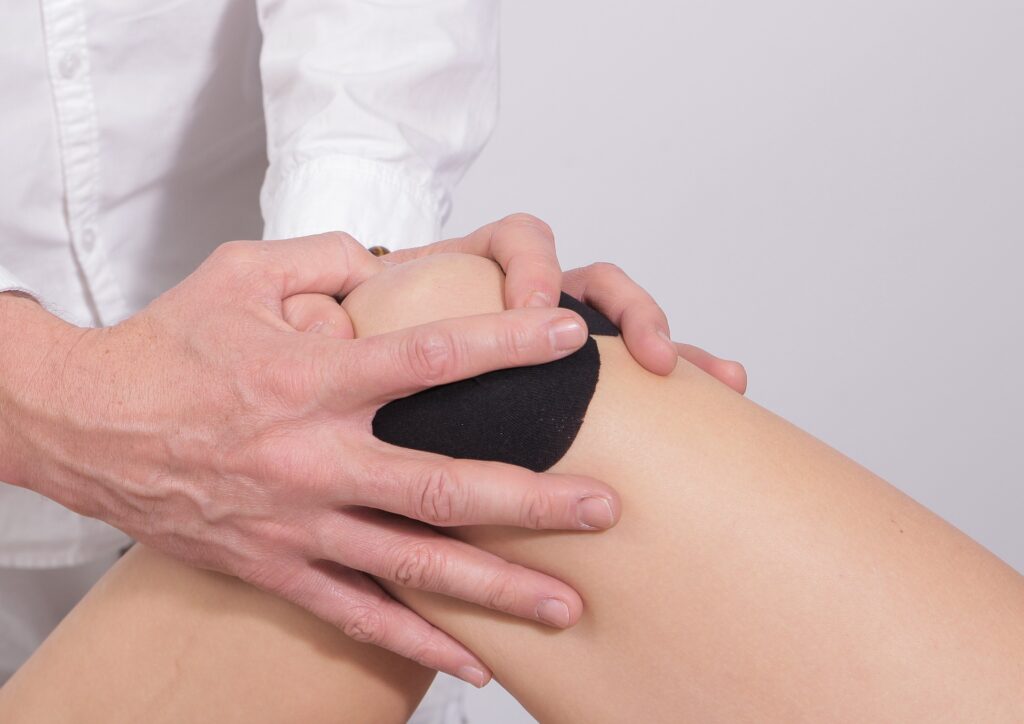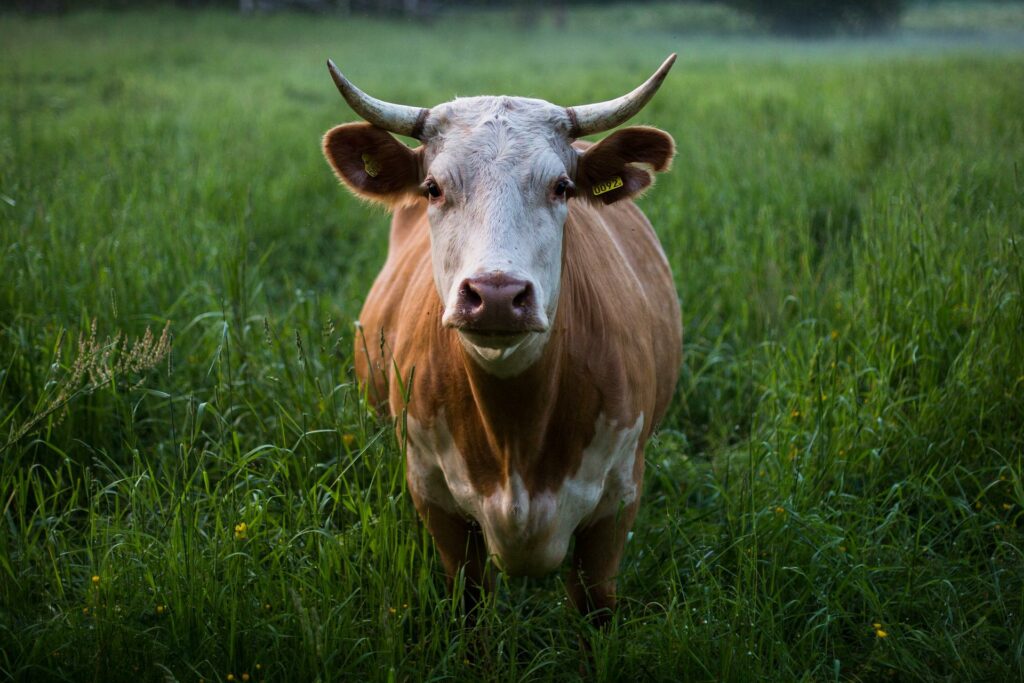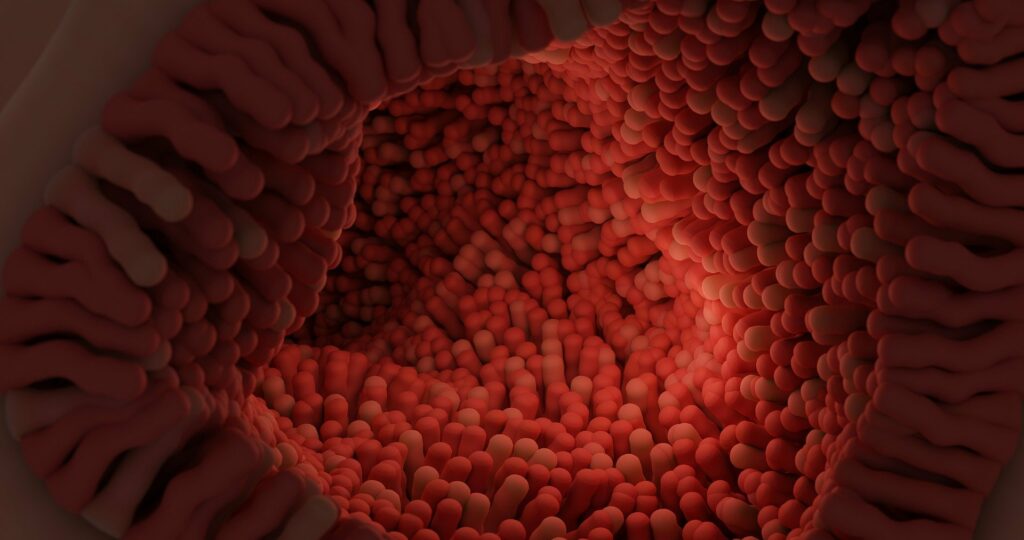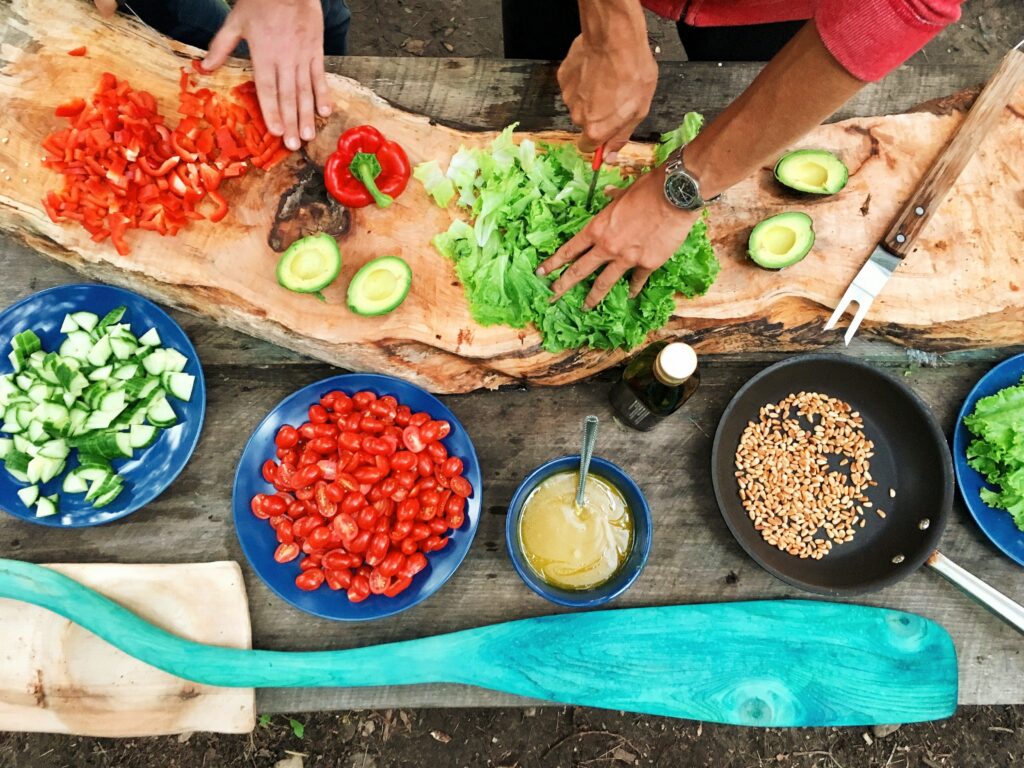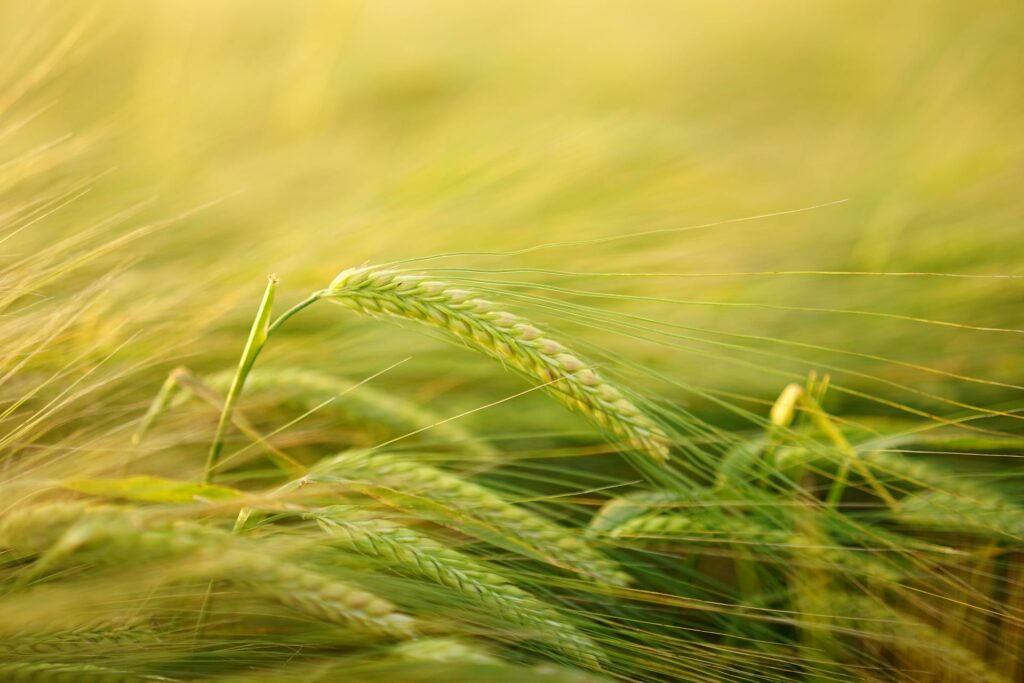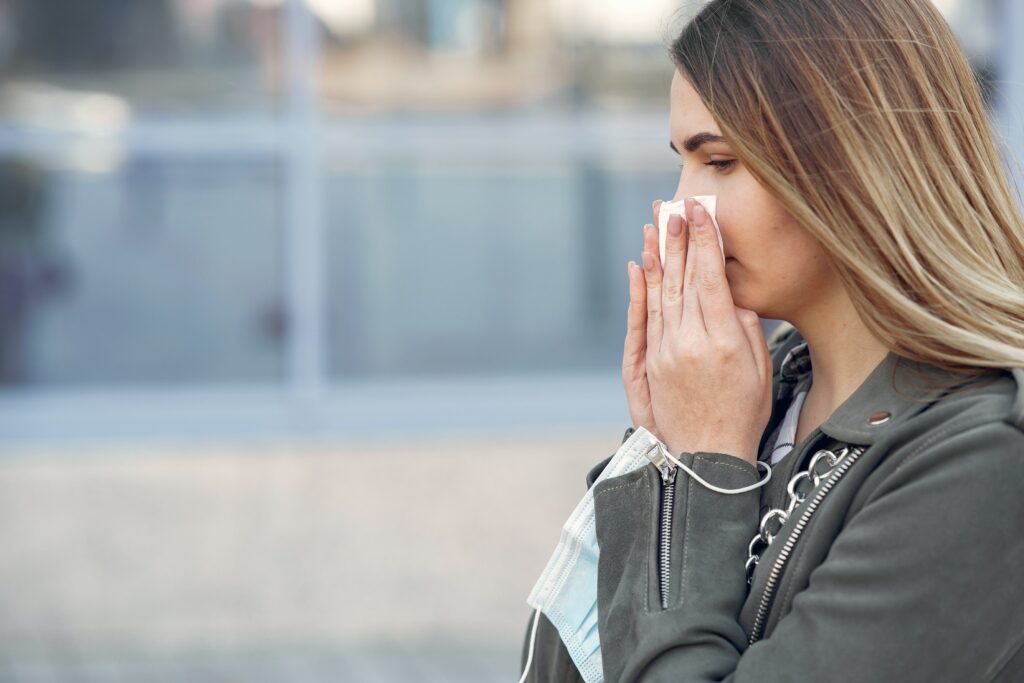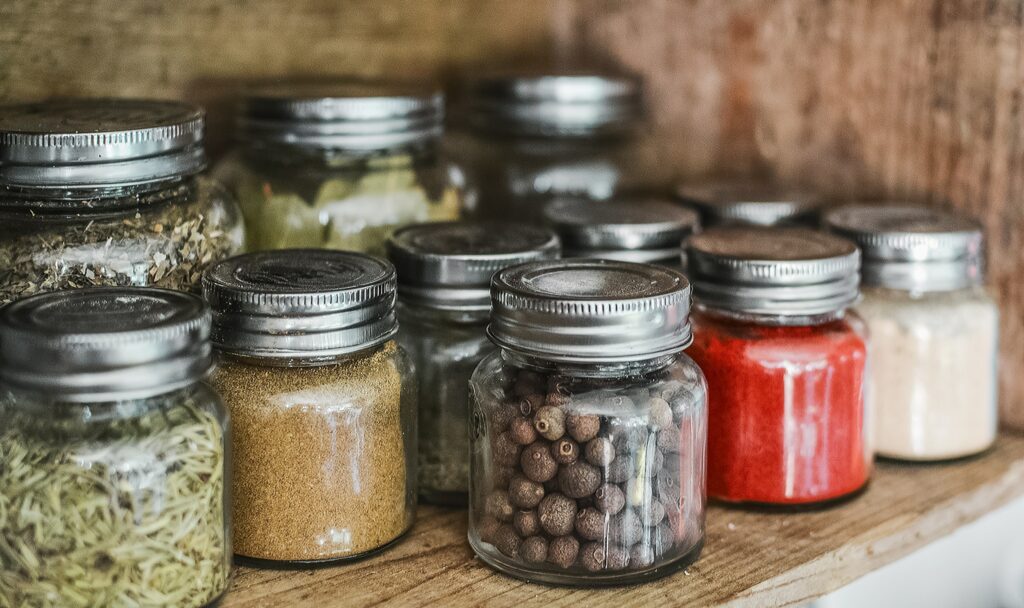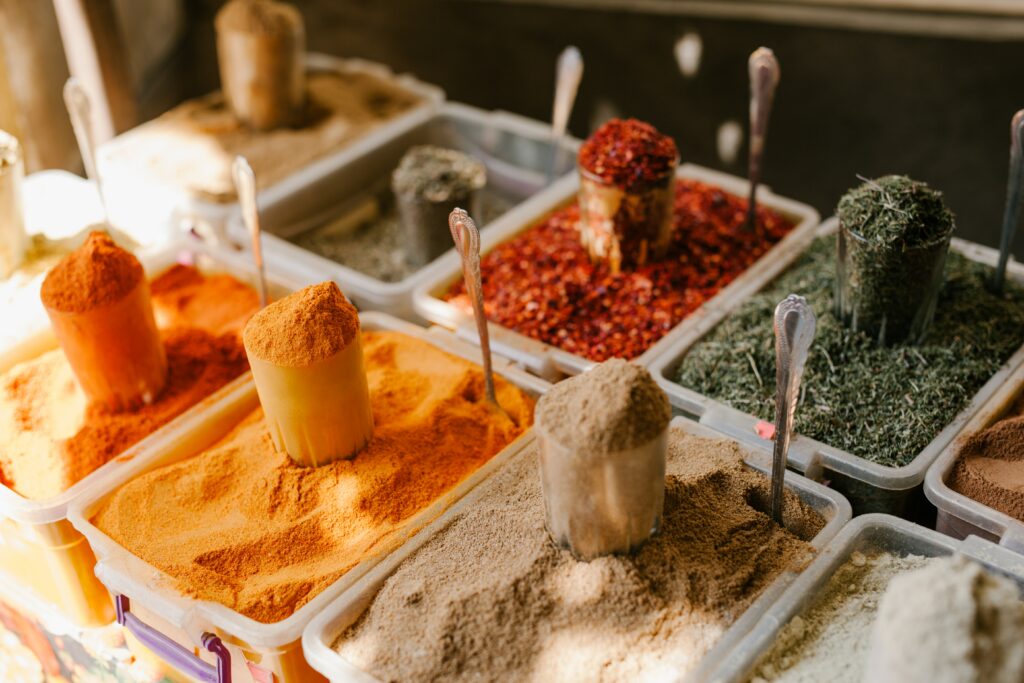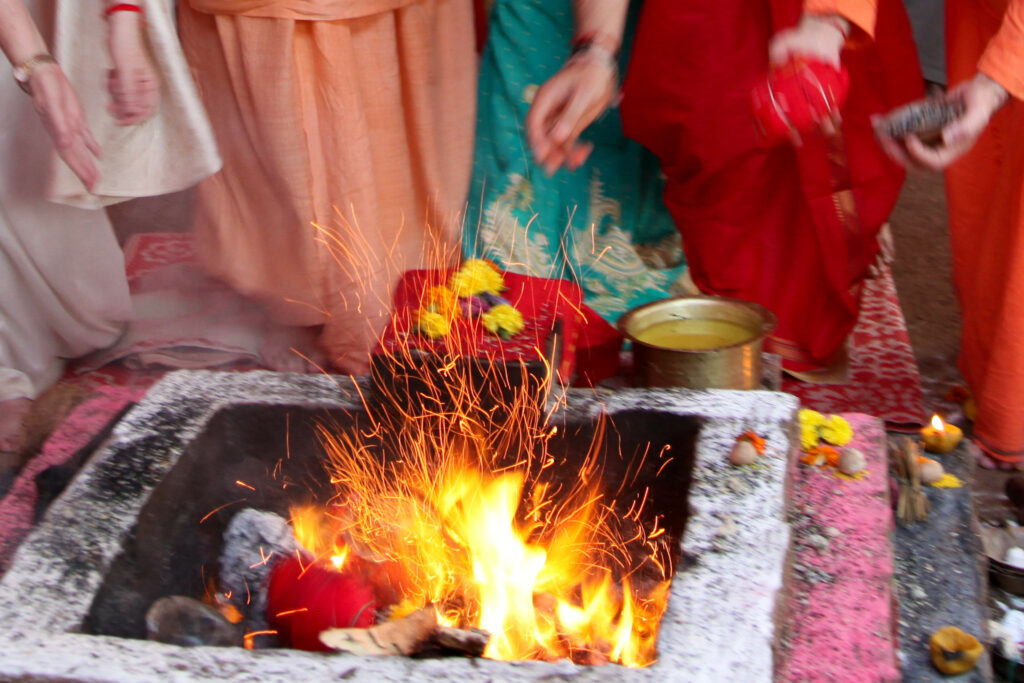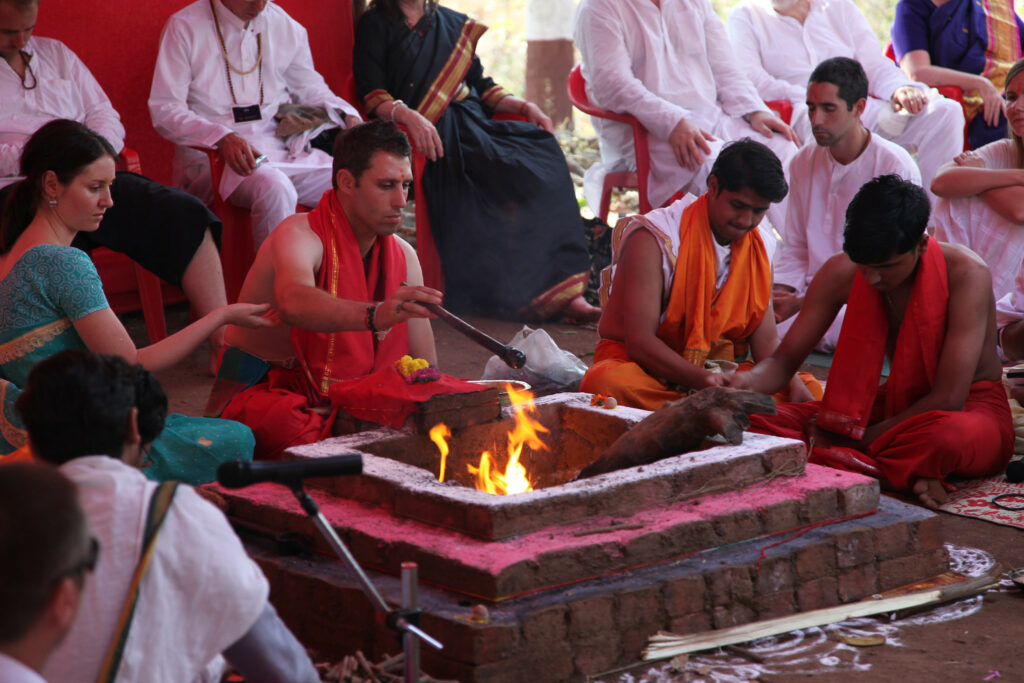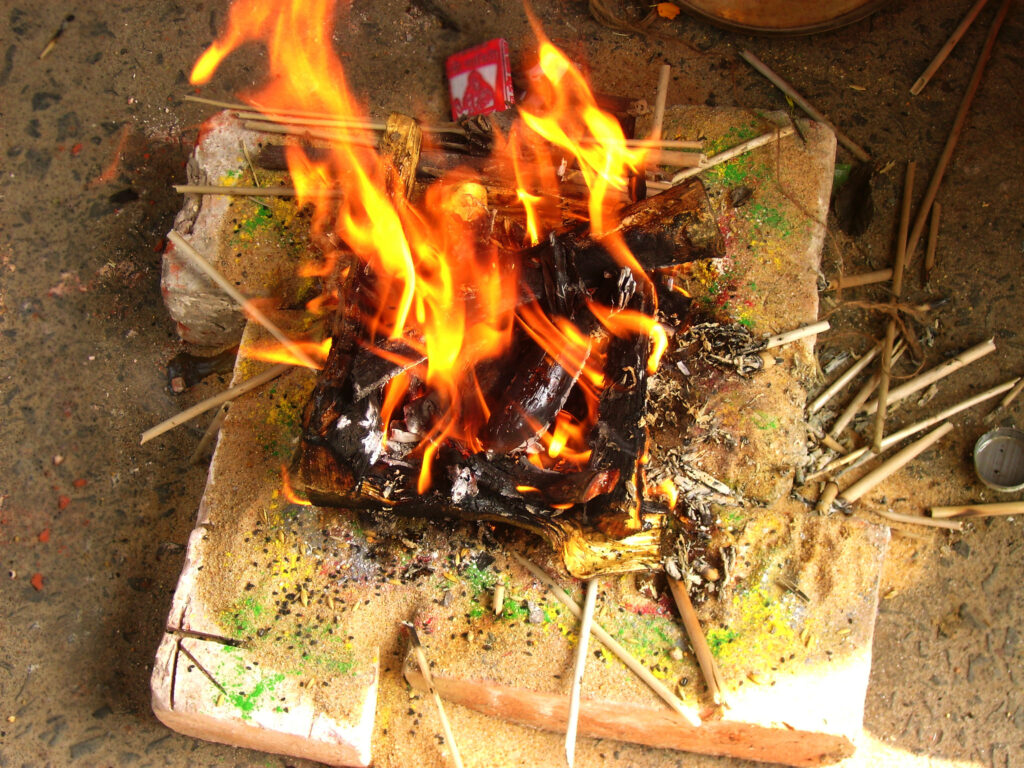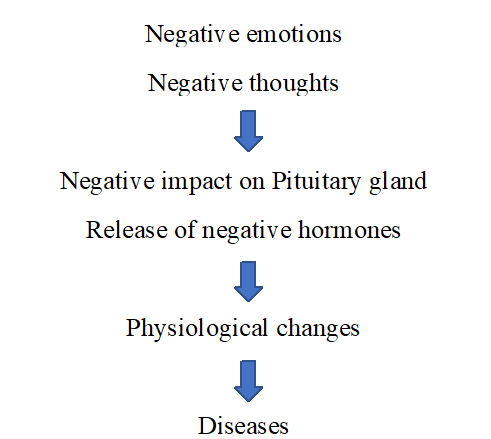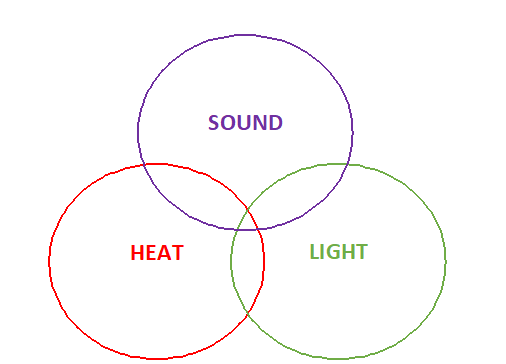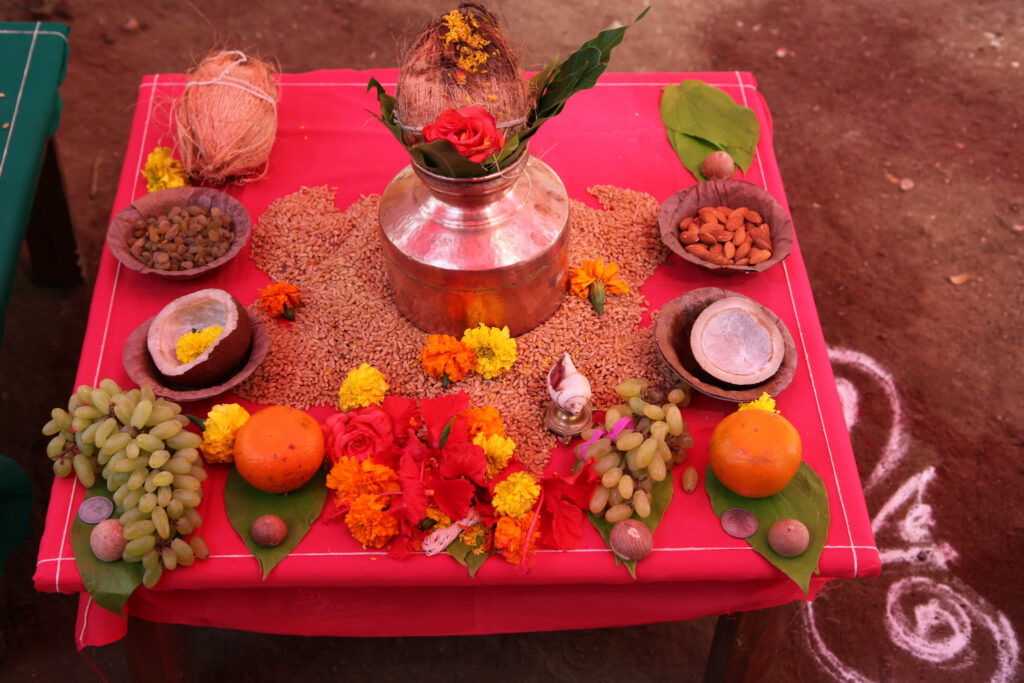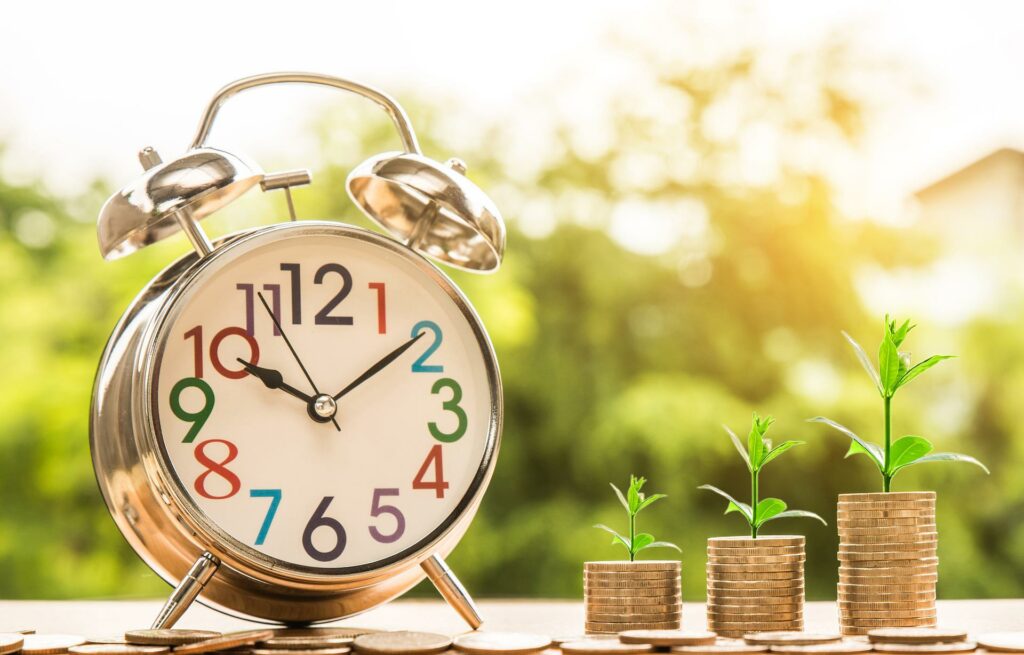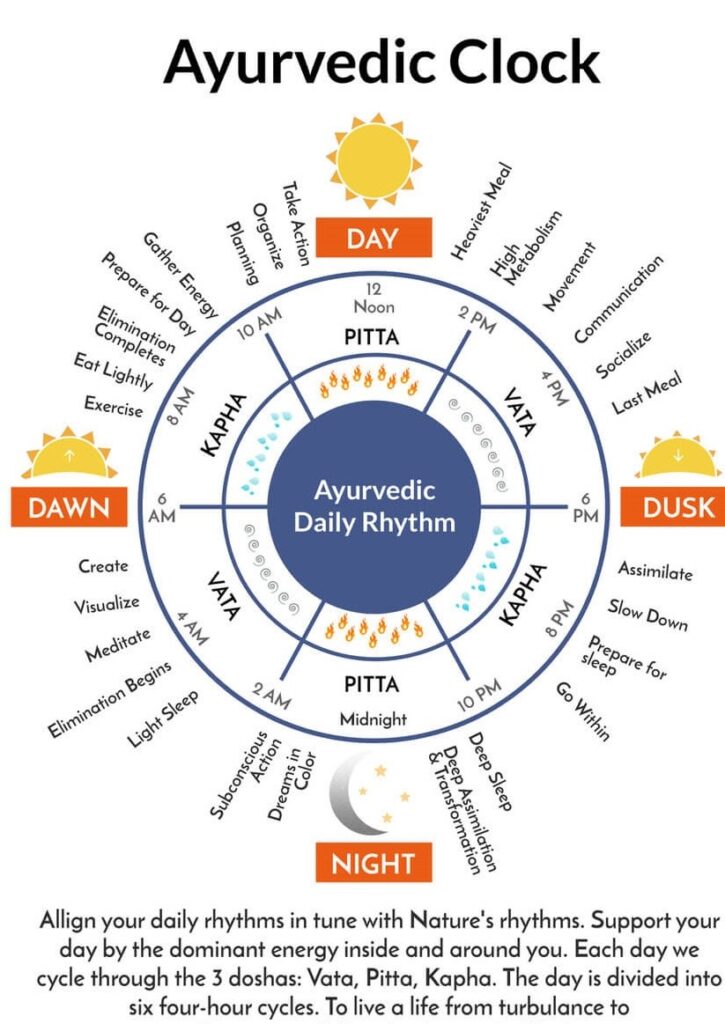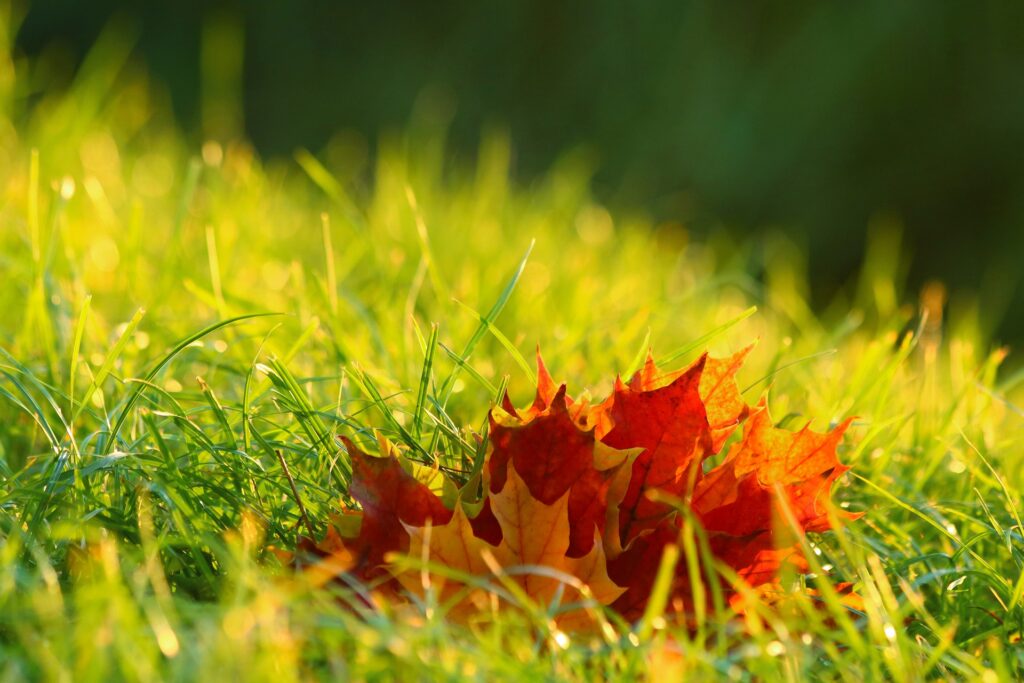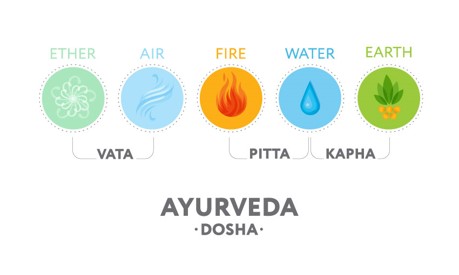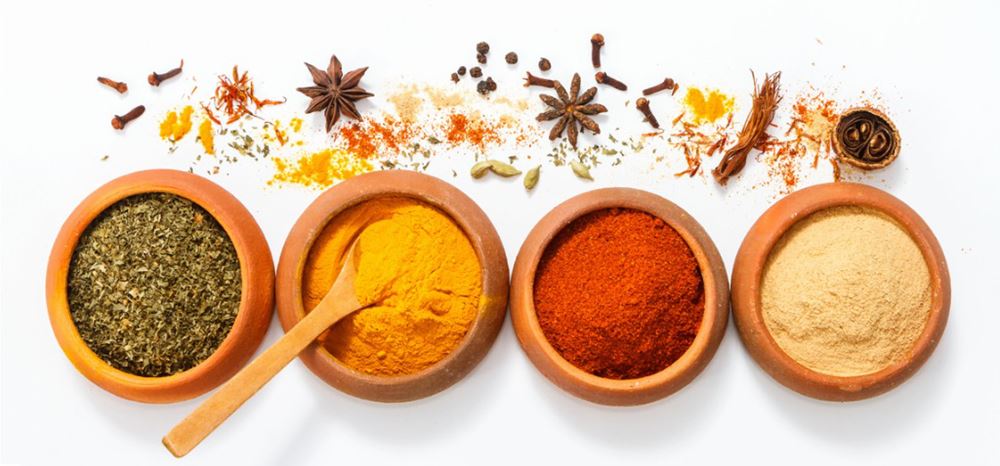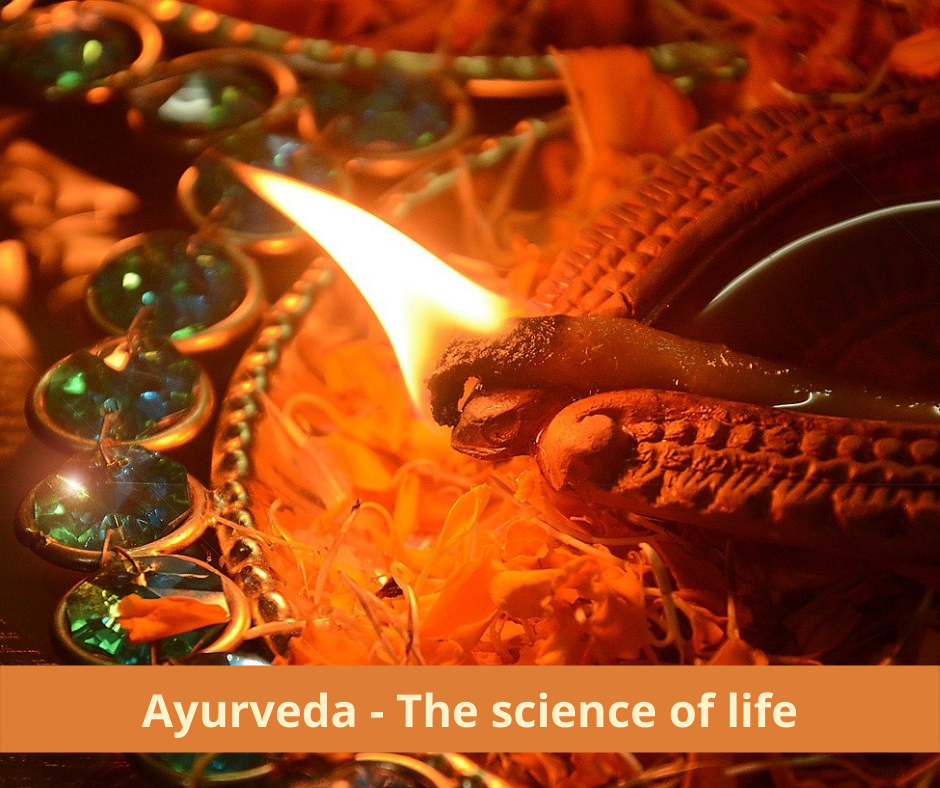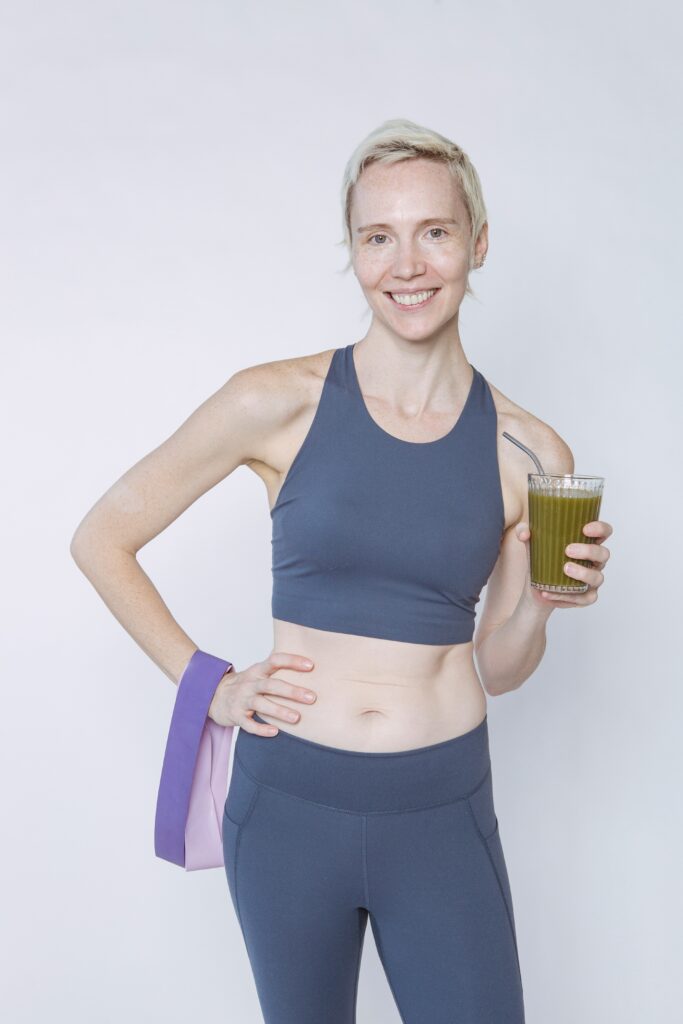

Vata body type
In Vata Dosha body type person, Vata Dosha is naturally dominant and it is called the Prakruti of this person .
People whose constitution is Vata can have many health benefits if she follows the rules of Ayurveda, rules of lifestyle, diet, mental health and sexual health.
Vayu (wind) is naturally dominant in a Vata Dosha person. If you are new for the concept of dosha, then learn about your Prakruti here.
Vata dosha body parts and its behavior
Vata people have cracked palm and feet if they don’t take care. They are lean, underweight, and have a thin body.
Oiling
They are mobile and most of the time have unstable joints, that’s why oil massage and steam therapy help them a lot to improve stability of all parts of the body. Oil strenghthen the tissue and stabilizes them. And oil feet massage will reduce and cure cracked feet.
Vata person is the most speed behavior of the 3 doshas.
They have hurried gait, speech and actions and they like that. So, the best counsel I can give you is learn to slow down if you want to go far…
So if your are Vata, do the opposite, learn to practice slowness, and pranayama to calm your mind, and reduce this electricity in your body. It will help you to think slowly, and you will have many benefits to don’t rush onto everything…Especially for your nervous system.
Due to roughness, dryness and lean body, you usually have hands and legs with prominent veins due to less body fat.
What is best for you is to add oils (ghee, sesame oil) in your daily life, have a complete meal with fats, protein, rich food, and it will help to gain weight and grow the muscles.
Take minimum 1 teaspoon of ghee per meal to help digestion, and strengthen your body.
Exercising
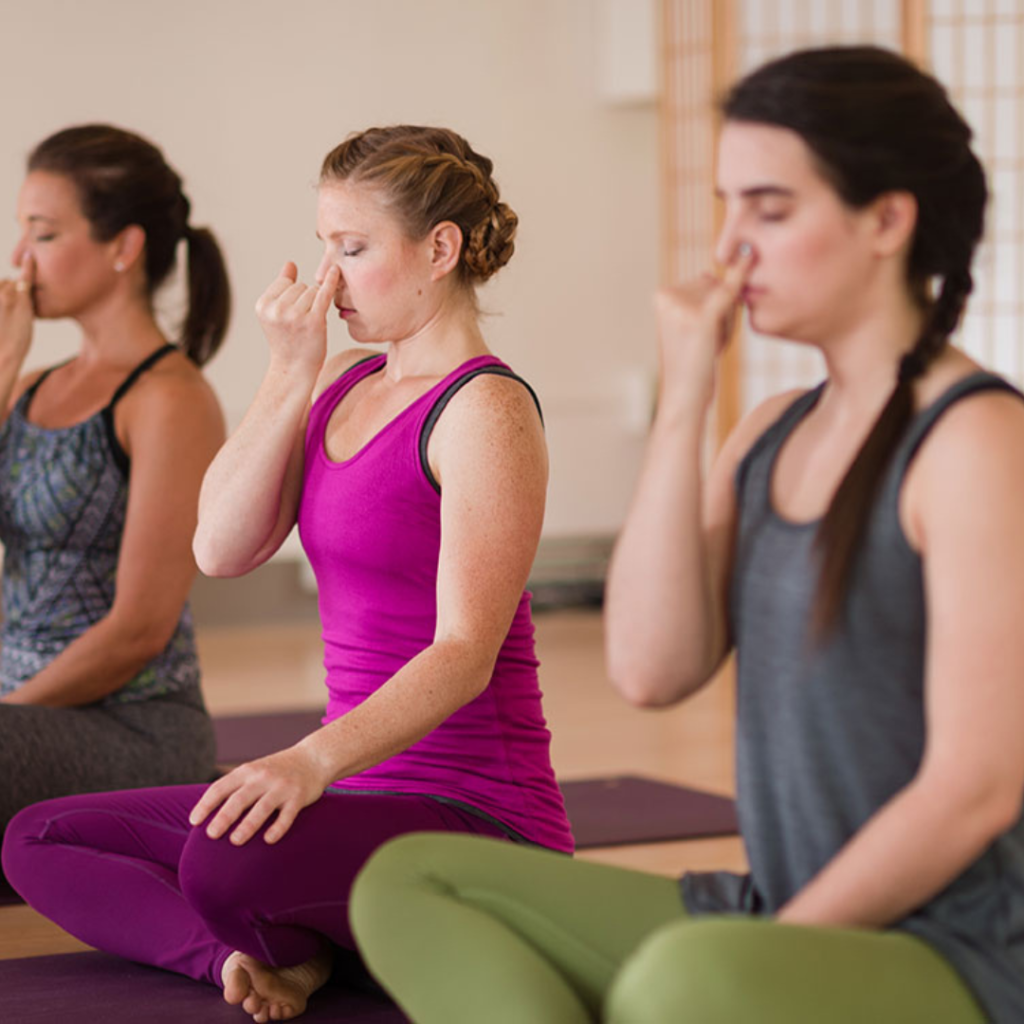

For exercise, you should not practice heavy exercises because you have already a lean body and exercising further will increase your Vata Dosha.
Your skin is naturally rough; dry and body parts will be cold to touch because dryness and coldness are two natural qualities of Vata Dosha prakriti.
Having dry skin is not a disease for Vata. The skin is just dry, cold and rough, naturally. But if they you don’t care about your skin, it will lead to extreme dryness and roughness and with the time become a disease. So oil your body every day or as much as you need such the state of your skin.
To prevent your face skin from early wrinkles and to nourish it properly, you can use Kumkumadi oil (saffron) on face to enhance beauty and to keep facial skin well moistened with good glow.
To avoid this excessive coldness and dryness oil your body and steam just after if possible. If you do not have facility for steam therapy, you can do self-massage and after 30 minutes, take hot water bath. This will be sufficient. Because Vata persons usually have cold hands and legs, it is best for them to take hot water bath
Good and simple oil for massage is sesame.
Your hair and nails
Like skin they are rough, dry and less in quantity and with low quality of hair. Oiling is the best solution to strengthen them.
Vata dosha sexual health
Generally, Vata persons have weak sexual health and stamina. To boost this, you can use sexual supplements such as shilajit, ashwagandha Lehyam, etc., based on doctor’s advice.
Vata Mind
You are quick to get irritated and hungry and you can have bad temper. Also fast to like and dislike, means that you have oscillating knowledge, thoughts and decisions.
You are also quick to understand and to forget but suffering from wandering mind.
To calm your mind, which is challenging for Vata, you can perform head massage with Brahmi oil, practice yoga for 15 minutes and pranayama 2 to 5 minutes per day for starting. Another very good and efficient technic is shirodhara. The purpose is to pour a thin drizzle of warm oil in the forehead.
If Vata is unbalanced you can be jealous.
You tend to moan, complain, grieve over small things, incoherently, without reason. For that you can use brahmi ghee: half a teaspoon in the morning, before food with half a cup of lukewarm water for 2 months, in a year, is the general advice for a healthy adult with Vata body type.
Vata dosha and your skeleton
You suffer from constant crackling sound from joints and the best to counter this dryness is to practice regular oil massage. If you do not apply to the whole body, at least apply some oil to knees, 30 minutes before bath every day.
Vata feels cold or hot sensitivity
A Vata person has an intolerance for cold things; and feel often afflicted with cold and it is leading to shiver and stiffness.
So if you want to get rid of the multiples clothing layers…Eat hot and unctuous, drink warm all day, and take care of your body with sesame oil.
You understood: avoid excess coolant foods and ice creams and include a bit of mild spices in diet. Cook fresh food is also the beast to get the most nutriments possible.
Vata and its speech
You can suffer from dryness of throat, obstructed and hoarse voice and chewing a piece of licorice is a good solution.
It is happening because you speak a lot, then to regulate your Vata temper learn and enjoy more silence in your life. Contemplate, learn to meditate, even if it is difficult for Vata people. When we want we can slow down…More you take care of your daily life style regimen more your health will be sustainable or better.
One pranayama that can help you is Bhramari pranayama.
Wealth and life expectancy
Your skin is fragile and vata people can suffer from bone pain early so to avoid ageing, it is good to take Chyawanprash, half a teaspoon in the morning, 3 to 4 months in a year.
What is not helping you is that your sleep is less and disturbed. You can have many technics in your daily routine for that. Light yoga for inducing sleep and massage the sole of your feet every day before going to bed. And daily, calm your nerves with head massages.
Vata dosha digestion
Sometimes less, sometime more…
To help your intestines and sustain your digestive fire, you can take ghee and spices like cumin, black pepper, ginger, olive or sesame oil, fats and protein in diet.
Take your meal at regular hours to regulate your body and your digestion. And drink water while taking your meals to avoid to much dryness and constipation.
You should avoid frequent fasting, it is not recommended for Vata dosha. Once in a month is ok.
Seasonal precautions for Vata
Just after summer vata starts to increase so pay attention before this season and follow the measures I give you below.
Vata diet
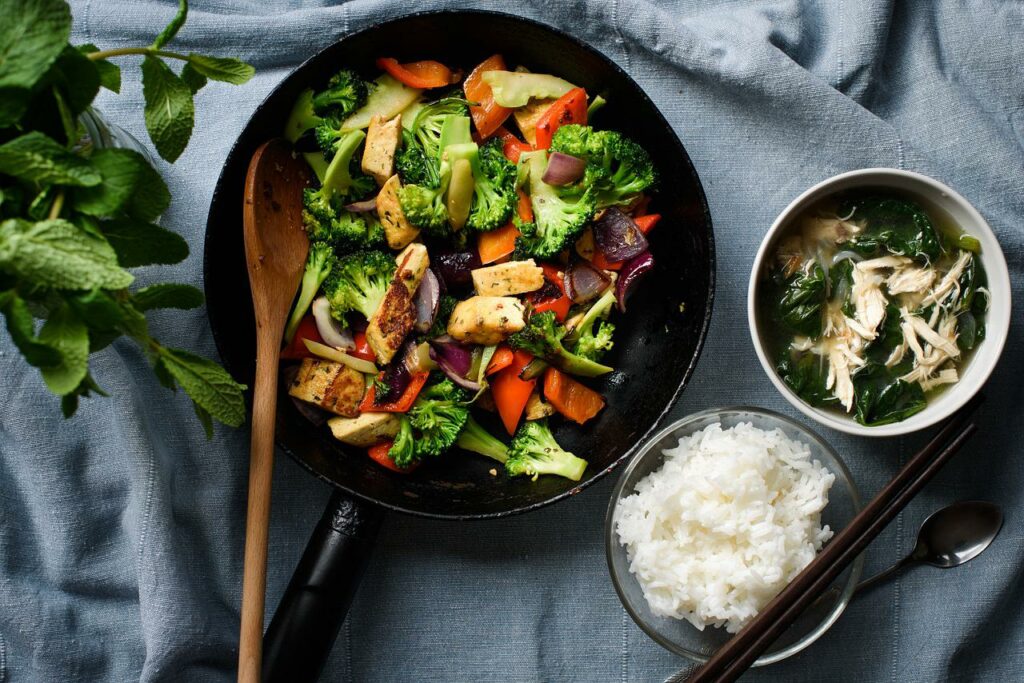

As you know diet is the 1st medicine, we have to use to sustain our health.
Ayurveda explains that a person with Vata body type should consume specific foods that balance Vata.
Because Vata people tend to suffer more from Vata related disorders (degenerative, bones, muscle and joints, nervous system disorders).
So, to avoid such health conditions, it is advised to follow the diet and food mentioned below. It will help to sustain your health and so to balance your Vata dosha.
Why this specific food? Because they have the medicinal properties that you need.
For example, wheat is sweet, coolant, oily and aphrodisiac in nature. It strengthens the body and balances Vata.
Sesame seeds or oil is oily and hot in nature.
Cinnamon balances kapha and vata and so on…
Diet counseling
- Slightly oily and unctuous foods
- Sweet, salt and sour tasting food
- Food that are neither heavy nor light to digest,
- Eat and drink hot or warm food.
- Sweet and sour grapes – Both balance Vata dosha.
- Horse gram, black gram, wholesome wheat, red coloured rice, Luffa, Rooster and Fish , , ghee, organic milk, garlic, ,chicken, eggs, carrots, beets, yellow moong bean, cardamom, onion, garlic, saffron.
- Mango, orange, raisins, berries, almond, pomegranate, dates, natural sugar prepared from sugarcane, sugar cane, coconut sugar
- Long pepper, ginger, Tamarind Poppy seeds, sesame seed and sesame oil, flax seed
Buttermilk, or ghee, learn how to make ghee according to Ayurveda
Avoid all dryness, cold, very light food to digest, it is not suitable for you because it is increasing Vata qualities and can lead to imbalances.
Foods to avoid
- Red beans, peanut
- Fox nut, hummingbird, red sandalwood, peas, green gram, honey, cold water
- Food with astringent, bitter and pungent properties
Ideal daily routine for Vata
Vata persons are usually lean, fidgety and talkative. Their tissues are not well nourished and they tend to get aches, pains, bloating, hair loss, arthritis etc. early in their lives. They get tired easily.
The way to counter these symptoms is by having nutritious food, proper rest, oil and a fat rich diet.
Improve your sleep. Good sleep is regeneration and Vata lack of sleep that increase Vata dosha in your body).
You can improve with different methods: meditation, pranayama and slight yoga before sleeping to calm down.
The best useful advices for Vata dosha
- Attending hunger, thirst and wash room urges as and when they appear
- Regular oil massage with sesame oil or Maha Narayana oil
- Nasal drops – 2 drops to each nostril on an empty stomach with Anu oil
- Oil pulling with sesame oil or irimedadi oil
- Lukewarm water bath
- Inclusion of good amount of oils and fats
- Apply hair oil – Sesame oil or coconut oil or Bhringamalakadi oil.
- Limited exercise (avoid too much exercices). Yoga is better than gym.
- Avoid fasting, avoid untimely intake of food, avoid less intake of food (have good amount of food)
- Lukewarm water intake all day.
- Avoid all foods that cause bloating (aerated drinks, junk foods etc…)
- Have foods rich in sweet, sour and salt taste (these tastes decrease Vata Dosha)
- Avoid stress at work, concentrating on planning and scheduling your work.
- Avoid excess talking, excess thinking.
- Learn a simple Pranayama technique
- Avoid excess travel, roaming or excess walking
- Avoid excess sexual activities.
- Apply a few drops of sesame oil or coconut oil or your hair oil to your forehead, temple region and soles at night, before sleeping.
Knowing yourself: body, soul and mind is to choose to have the best life path possible. More you prevent, more you ageing great and avoid imbalances … and diseases.
We forget too easily that we are our first priority in life…right?
Take care
Namaste
Julie
References
Dosha brain-types: A neural model of individual differences
Prakriti (Ayurvedic concept of constitution) and variations in platelet aggregation

